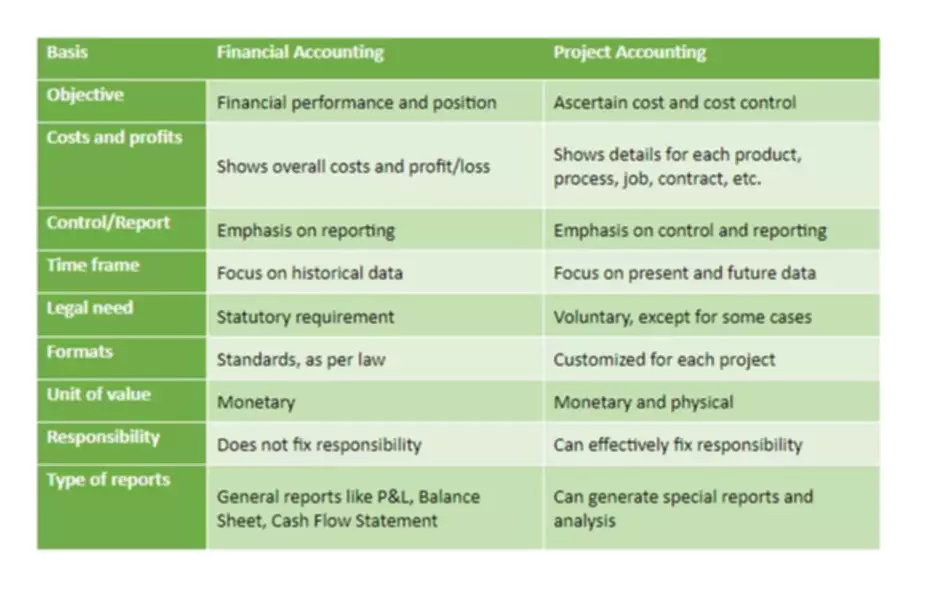Content
For additional information about WOTC and a full list of eligible targeted groups, visit the IRS.gov WOTC webpage. But the global pandemic turned it from request to requirement almost overnight—and companies stepped up. Seventy-nine percent of respondents to a Deloitte survey1 reported that at least 75% of their workforce has been able to work remotely during the COVID-19 pandemic. And 69% said their company’s ability to manage and support a remote workforce was good or excellent. To view this video playlist, change your analytics/performance cookie settings.
- And 69% said their company’s ability to manage and support a remote workforce was good or excellent.
- In this way, the state is able to reduce the tax burden on its citizens.
- DTTL (also referred to as “Deloitte Global”) and each of its member firms and related entities are legally separate and independent entities, which cannot obligate or bind each other in respect of third parties.
- Compared to recall only, EM and Tetris both decreased reported emotionality and startle responses.
- These include payments for management fees and technical services and activities typically performed by employees or contractors.
In monetary economies prior to fiat banking, a critical form of taxation was seigniorage, the tax on the creation of money. In contrast to ad valorem taxation is a per unit tax, where the tax base is the quantity of something, regardless https://turbo-tax.org/taxing-working/ of its price. VAT is usually administrated by requiring the company to complete a VAT return, giving details of VAT it has been charged (referred to as input tax) and VAT it has charged to others (referred to as output tax).
The Public
The provinces of Nova Scotia, New Brunswick, Newfoundland & Labrador, and Ontario have harmonized their provincial sales taxes with the GST—Harmonized Sales Tax [HST], and thus is a full VAT. The province of Quebec collects the Quebec Sales Tax [QST] which is based on the GST with certain differences. Most businesses can claim back the GST, HST, and QST they pay, and so effectively it is the final consumer who pays the tax. In economics, the Laffer curve is a theoretical representation of the relationship between government revenue raised by taxation and all possible rates of taxation. It is used to illustrate the concept of taxable income elasticity (that taxable income will change in response to changes in the rate of taxation).
The OTA Working Papers Series presents original research by the staff of the Office of Tax Analysis. The OTA Technical Papers Series presents documentation of the models, datasets, and methods developed by staff and used for policy analysis and estimates. The papers are intended to generate discussion and critical comment while informing and improving the quality of the analysis conducted by the Office. Views and opinions expressed are those of the authors and do not necessarily represent official Treasury positions or policy.
How Your Money Is Spent
Carbon pricing helps countries steer their economies towards and along a carbon-neutral growth path. This paper considers how the design of carbon pricing instruments affects their effectiveness, efficiency and feasibility. Complete the form below and a member of the WOTC Unit will reach out to answer questions or help get you started.
Does working memory exist?
Working memory is the small amount of information that can be held in mind and used in the execution of cognitive tasks, in contrast with long-term memory, the vast amount of information saved in one's life.
Payroll taxes and income taxes differ, although both are withheld from an employee’s paycheck and remitted to the government. Payroll taxes are specifically to fund Social Security and Medicare programs. A self-employed individual must pay the equivalent of both the employee and employer portion of payroll taxes through self-employment taxes, which also fund Social Security and Medicare. For example, adding a new remote employee could require the company to file a corporate tax return in a new state or region, or register there to withhold payroll taxes.
where does the tax money go?
The legislation includes a three-month grocery tax holiday and a paid family leave tax credit for companies to support Tennessee families. It also provides tax relief for Tennessee businesses and increases the state’s economic competitiveness through several changes to Tennessee’s tax laws. If you received compensation from Illinois employers, you are not required to pay Illinois Income Tax on this income. This is based https://turbo-tax.org/ on reciprocal agreements between Illinois and these states and applies only to compensation you received from wages, salaries, tips, and commissions. The reciprocal agreements do not apply to any other income you might have received, such as Illinois lottery winnings. In U.S. constitutional law, for instance, direct taxes refer to poll taxes and property taxes, which are based on simple existence or ownership.
- The Michigan EITC for Working Families tax credit expansion was enacted during the 2022 tax season, but the law has not yet taken effect.
- Unless you can demonstrate with clear and convincing evidence that you have abandoned your Yonkers domicile and established a new domicile outside Yonkers, your domicile remains Yonkers.
- Stamp duty has the effect of discouraging speculative purchases of assets by decreasing liquidity.
- Your teams are likely to have questions about going back into the office post-pandemic.
- Occupational taxes or license fees may be imposed on businesses or individuals engaged in certain businesses.
- Most jurisdictions imposing an income tax treat capital gains as part of income subject to tax.
Transfer pricing may be implicated in a cross-border remote work arrangement if the employee’s activities benefit more than one company within a controlled group. If the employer implements an offshore employee holding company, transfer pricing is implicated. The rules regarding Yonkers domicile are also the same as for New York State domicile. Unless you can demonstrate with clear and convincing evidence that you have abandoned your Yonkers domicile and established a new domicile outside Yonkers, your domicile remains Yonkers.
If your permanent and primary residence that you intend to return to and/or remain in after being away is located in one of the five boroughs of New York City, it is considered a New York City domicile. In general, your domicile is your permanent and primary residence that you intend to return to and/or remain in after being away (for example, on vacation, business assignments, educational leave, or military assignment). The terms domicile and residence are often used synonymously, but for New York State income tax purposes, the two terms have distinctly different meanings. In some societies, tariffs also could be imposed by local authorities on the movement of goods between regions (or via specific internal gateways). A notable example is the likin, which became an important revenue source for local governments in the late Qing China. The IRS sends your payments by direct deposit to the bank account they have on file.







